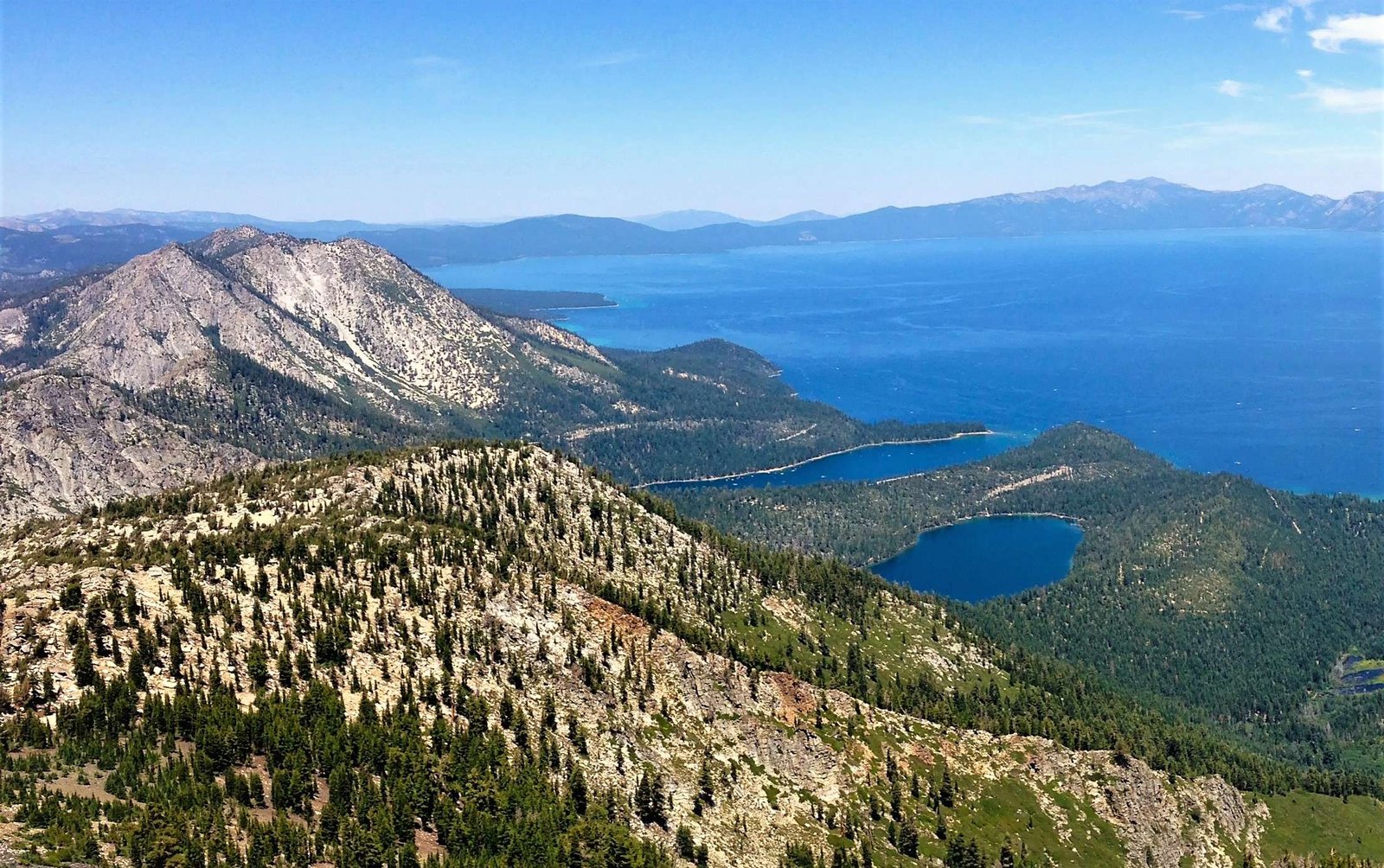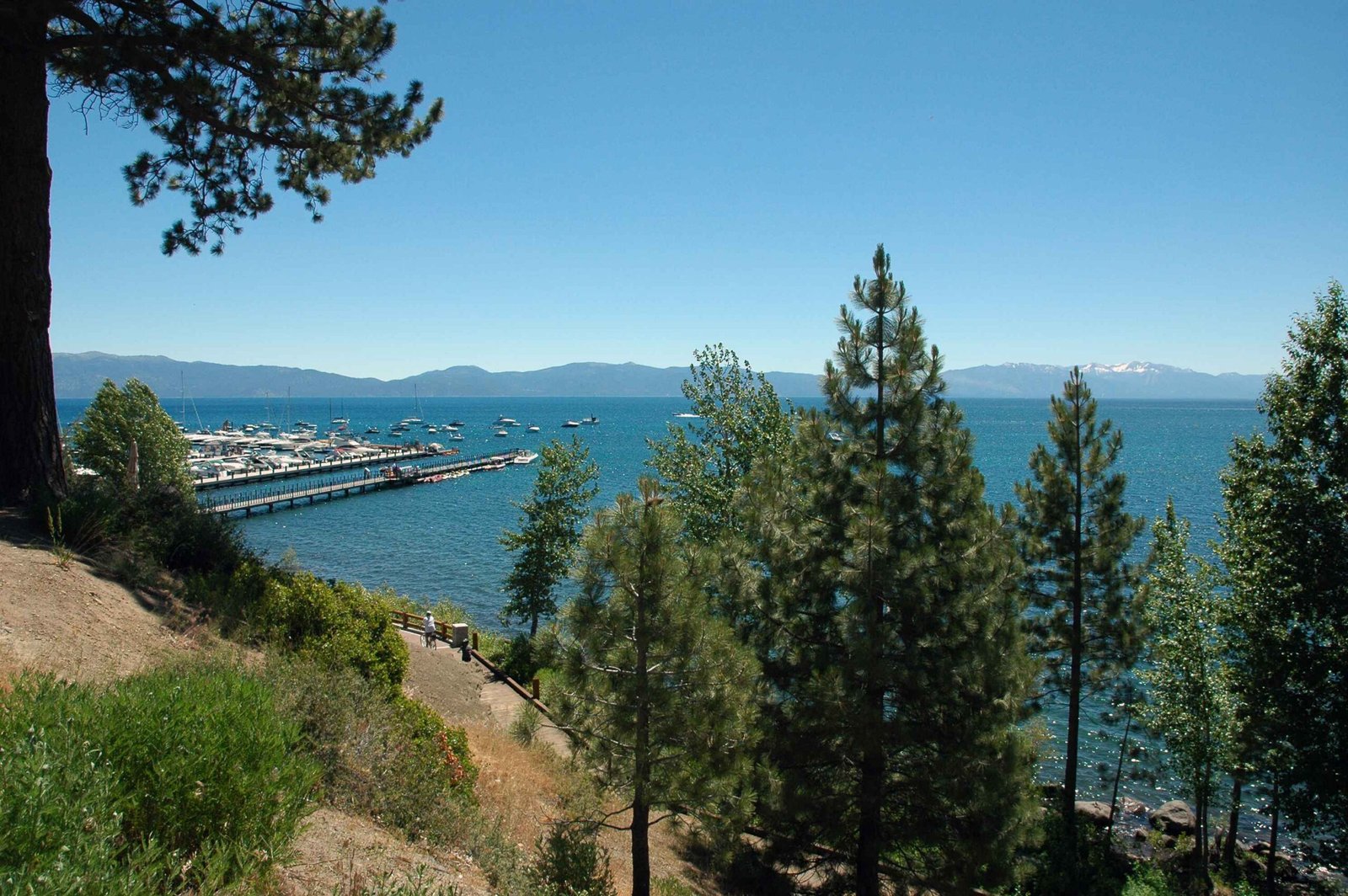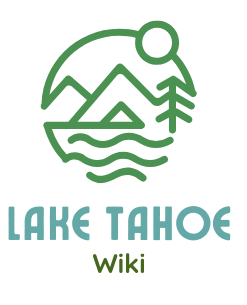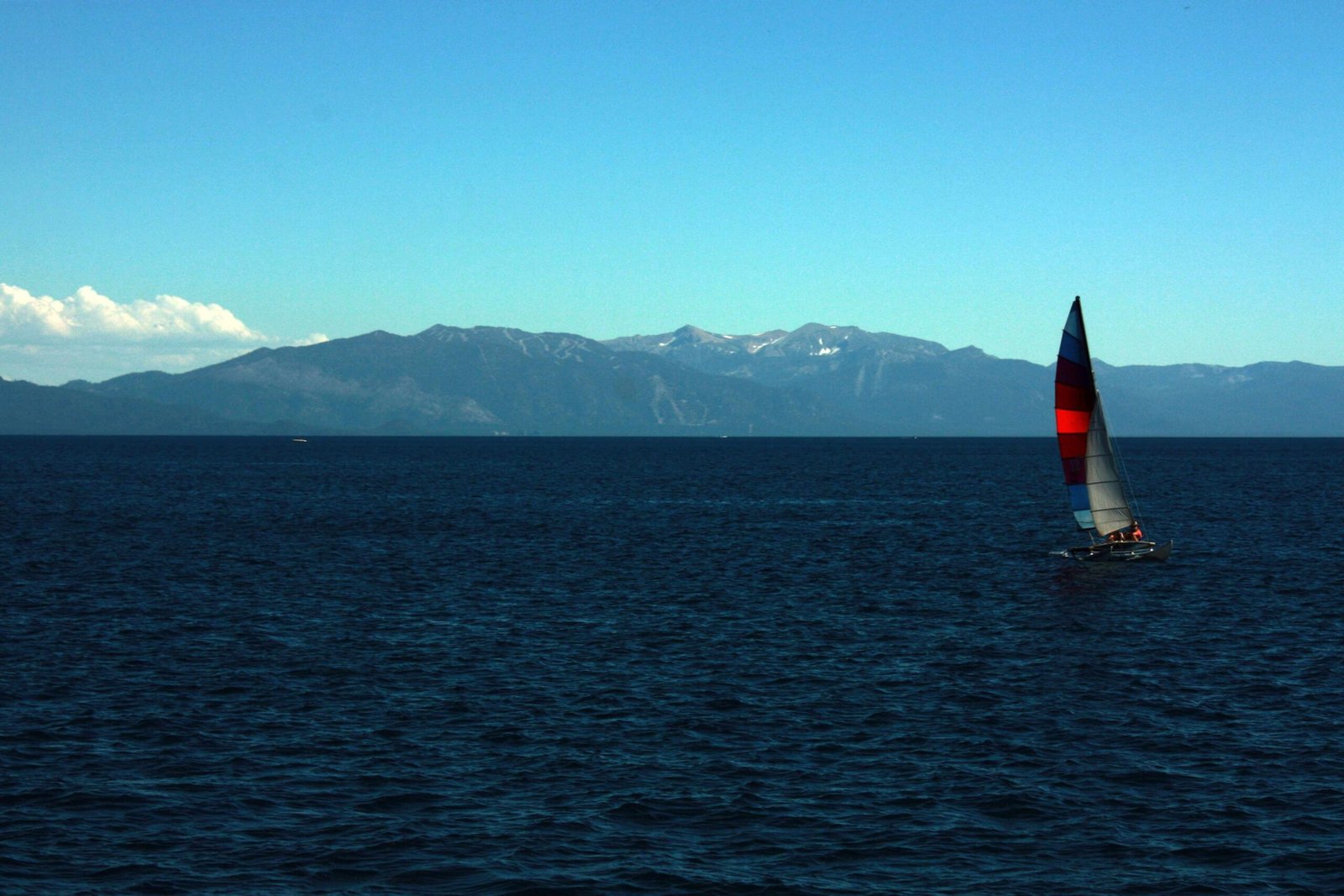Lake Tahoe’s pristine waters face a significant environmental challenge with harmful algal blooms (HABs) that pose serious health risks to visitors, wildlife, and local ecosystems. Recent monitoring reveals multiple locations with varying levels of algae contamination, ranging from caution to danger advisories, particularly in the Tahoe Keys lagoons. Visitors must stay informed about current conditions, recognize warning signs, and take necessary precautions to ensure safe water interactions.
What Are the Current Algae Warning Levels in Lake Tahoe?

Lake Tahoe’s algae warning system categorizes potential risks across different locations:
Caution Zones
- Locations:
- Kiva Beach
- Regan Beach
- Tahoe Keys lagoons
Warning Zones
- High-Risk Areas:
- Lagoon between Carson Court and Kokanee Way
- Area between Kokanee Way and Lido Drive
Danger Zones
- Critical Locations:
- Venice Drive and Alpine Drive corner
- Area between Kokanee Way and Marconi Way
How Can You Identify Harmful Algal Blooms?

Visual indicators are crucial for detecting potential algae risks:
| Indicator | Description | Action Required |
|---|---|---|
| Color Variations | Blue-green, white, or brown particles | Avoid water contact |
| Surface Texture | Scum or foam-like appearance | Do not swim |
| Unusual Odors | Fishy or gasoline-like smell | Stay away from water |
What Health Risks Are Associated with Algae Exposure?
Potential health impacts vary based on exposure level:
- Skin Contact Risks:
- Rashes
- Irritation
-
Allergic reactions
-
Ingestion Risks:
- Flu-like symptoms
- Respiratory issues
- Potential neurological complications
Where Can You Get Real-Time Algae Warnings?
Reliable information sources include:
- Official Websites:
- Lahontan Regional Water Quality Control Board
- Nevada Division of Environmental Protection
-
League to Save Lake Tahoe
-
Contact Channels:
- California HAB Reporting: Lahontan Regional Water Quality Control Board
- Nevada HAB Reporting: Nevada Division of Environmental Protection
How Should You Protect Yourself and Family?
Recommended safety protocols:
- Avoid swimming in areas with visible algae
- Keep children and pets away from contaminated waters
- Shower immediately after potential exposure
- Check official advisories before water activities
- Carry water testing kits for personal verification
What Are the Long-Term Implications?
Environmental experts emphasize that algal blooms indicate broader ecosystem challenges:
- Climate change acceleration
- Nutrient runoff from surrounding landscapes
- Potential disruption of aquatic biodiversity
By understanding and respecting Lake Tahoe’s algae warnings, visitors can enjoy the region’s natural beauty while prioritizing personal and environmental health.

